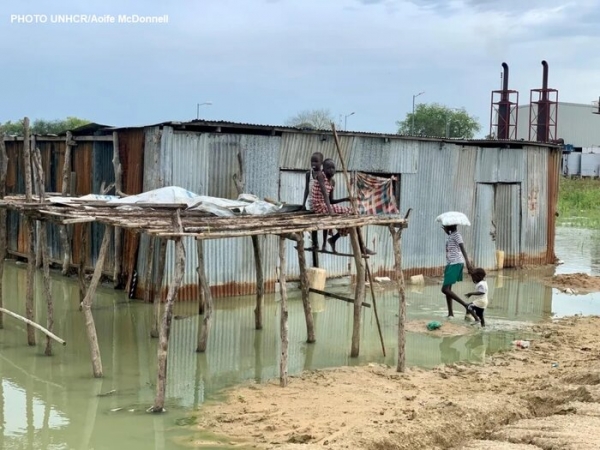The latest Integrated Food Safety Phase Classification - known as IPC - showed that about 7.76 million people are likely to face a catastrophic food insecurity during the April-July 2023 lean season, while 1,4 million children will be at risk of malnutrition. Above all, FAO, UNICEF and WFP are raising the alarm, warning the international community that the percentage of people affected is at the highest level ever reached, even exceeding the levels observed during the conflict in 2013 and 2016.
According to Mekena Walker, Acting Country Director for WFP in South Sudan, families are losing their homes, fields, livestock and hope every day because of the extreme weather. Indeed, unprecedented storms and floods in some areas and long droughts in others - such as in Eastern Equatoria - are exacerbating the consequences of the conflict and the global food crisis. The matrix of food insecurity in South Sudan is not unique, however, but stems from a combination of factors, including extreme climate events, conflict, rising fuel and food prices, macroeconomic instability and a decline in funding for humanitarian programmes.
The IPC report is crucial in formulating plans for humanitarian aid to contain the crisis and meet the needs of the population. Without prompt food aid, especially during the lean season in 2023, the situation will be considerably more serious and the population will not be able to save itself from famine and malnutrition. It is therefore essential that the appeal of the UN agencies doesn’t remain unheard.
To learn more, please visit:
- Hunger and malnutrition being driven by climate crisis and conflict in South Sudan - South Sudan | ReliefWeb
- South Sudan: Conflict and climate crisis drives rising hunger | | 1UN News
- FAO/UNICEF/WFP - Sud Sudan, crisi climatica e conflitto causano fame e malnutrizione - UNRIC Italia
by Amalia Ranieri




